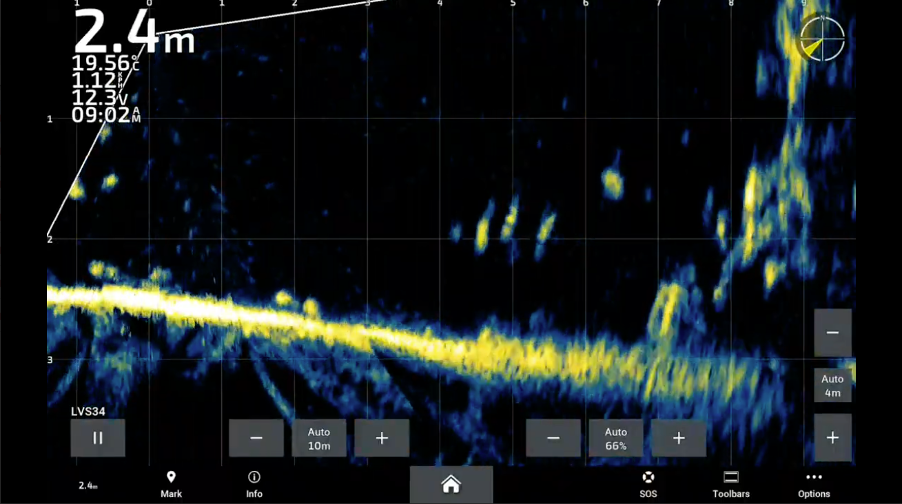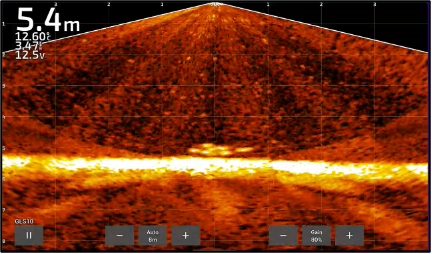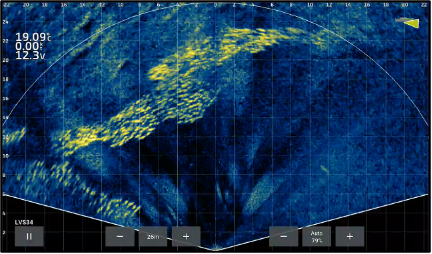WHY FISH BIOMASS IS IMPORTANT
Understanding and managing fish biomass and growth are pivotal for optimising production efficiency, ensuring environmental sustainability, and maintaining the economic viability of aquaculture operations.
Understanding fish biomass and growth is fundamental to aquaculture for several reasons:
1. Production Planning: Accurate knowledge of biomass and growth rates enables aquaculture operations to forecast yields, manage harvest schedules, and meet market demands effectively.
2. Feed Management: Monitoring growth patterns allows for the optimization of feed quantities and schedules, reducing waste and improving feed conversion ratios, which can enhance profitability.
3. Environmental Sustainability: Maintaining appropriate biomass levels is crucial to prevent overloading aquatic systems with waste products, which can lead to environmental degradation.
4. Health Monitoring: Deviations in expected growth rates can signal health issues or suboptimal environmental conditions, prompting timely interventions to mitigate losses.
5. Economic Efficiency: Efficient growth and biomass management contribute to cost-effective operations by optimizing resource use and minimizing unnecessary expenditures.
HYDROACOUSTICS FOR BIOMASS MONITORING
Infofish has developed a Hydroacoustic process for shallow water fish pondages built on the Biosonics DTX-Extreme Scientific Echosounder that is based on our extensive work in wild fisheries.
- Affordable and predictable monthly monitoring costs that protects working capital
- Monitoring schedules that suit farm operations
- Keep all data in house to maintain. your competitive edge
WHY HYDROACOUSTICS?
Hydroacoustics, utilizing sonar technology, plays a pivotal role in modern aquaculture by enabling non-invasive monitoring and management of aquatic environments. Key applications include:
1. Fish Monitoring: Hydroacoustic sensors facilitate the detection and tracking of fish within aquaculture systems, providing real-time data on fish distribution, behavior, and biomass. This information is crucial for optimizing feeding strategies, assessing fish health, and ensuring efficient stock management.
2. Health Management: Advanced hydroacoustic systems can identify anomalies in fish behavior or distribution, serving as early indicators of health issues. For instance, changes in swimming patterns detected by these sensors can signal stress or disease outbreaks, allowing for timely interventions to mitigate potential losses.
3. Habitat Assessment: Beyond monitoring fish, hydroacoustic techniques are employed to evaluate environmental parameters such as water depth, bottom type, and the presence of submerged vegetation. Understanding these habitat characteristics aids in maintaining optimal conditions for aquaculture operations and supports sustainable practices.
Incorporating hydroacoustic technology into aquaculture enhances the ability to manage fish populations effectively, promotes animal welfare, and contributes to the overall sustainability of aquaculture practices.
BEHAVIOURAL MONITORING
In the Infofish standard package Biomass and Behaviour are included in a single setup. This includes all data recorded by the biomass transducer, as well as video recording of fish behaviour on the live transducer.
- Behaviours can be observed in real time or stored as a video recording for later playback
- Operator can mark specific fish or events of concern for later review by the farm management team
- Data can be collected over time on the biomass transducer to establish data driven monitoring that supports direct observed behaviours.






